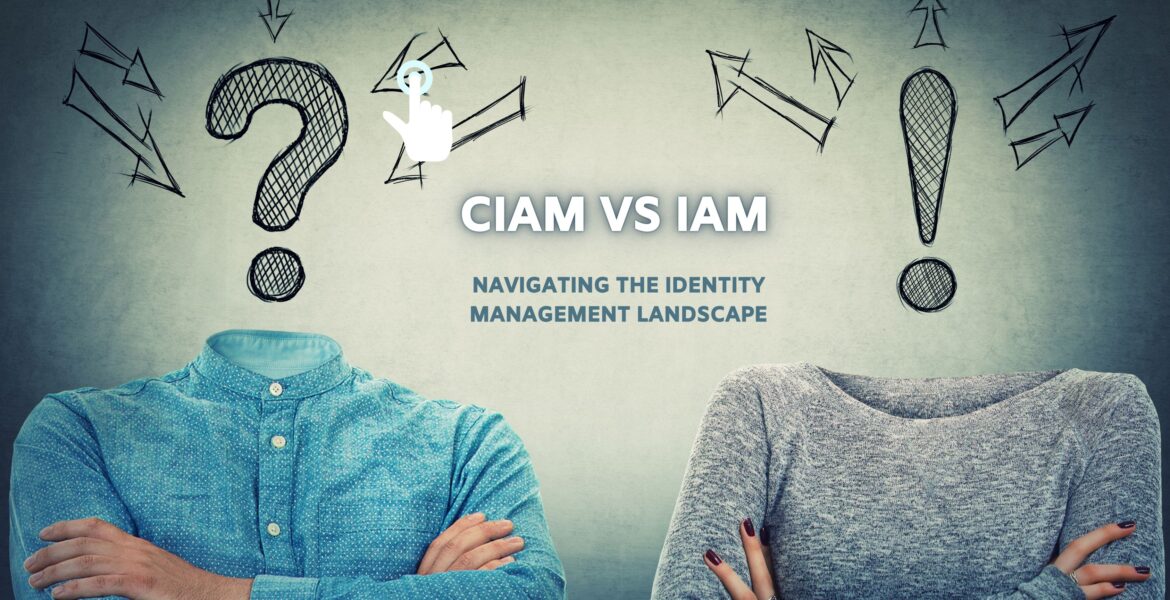
In the intricate realm of identity management, two acronyms often take center stage – CIAM (Customer Identity Access Management) and IAM (Identity Access Management). While they might sound interchangeable, a closer look reveals distinct differences that play pivotal roles in shaping their respective functionalities. In this guide, we’ll explore the nuances that set CIAM and IAM apart and shed light on their unique use cases.
Understanding CIAM and IAM
CIAM (Customer Identity Access Management): CIAM is a dynamic solution designed to securely manage and authenticate customer identities. It places a specific focus on the individuals who engage with a business as customers. CIAM is instrumental in ensuring a seamless, secure, and user-friendly experience for those interacting with a company’s products or services.
IAM (Identity Access Management): IAM, on the other hand, serves as a comprehensive framework for business processes, facilitating the management of electronic identities. Unlike CIAM, IAM primarily centers around managing employee identities within an organization. Its core functions include controlling access to internal systems, applications, and data, while adhering to internal policies and compliance standards.
Key Differences between CIAM and IAM
1. User Type:
o IAM: Primarily focuses on managing employee identities within an organization.
o CIAM: Customer-centric, managing identities of individuals who interact with the business as customers.
2. Scale:
o IAM: Typically manages identities of thousands of employees.
o CIAM: Operates at a larger scale, handling potentially millions of customer identities.
3. User Experience:
o IAM: Emphasizes functionality and security in internal processes.
o CIAM: Places a high emphasis on a seamless and frictionless user experience for customers.
4. Privacy Regulations:
o IAM: Concerned with security and internal compliance but does not face the same level of regulatory scrutiny as CIAM.
o CIAM: Must adhere to various global privacy regulations due to its involvement with customer data.
Use Cases for CIAM and IAM
• CIAM:
o Used in scenarios where businesses need to manage large volumes of customer identities.
o Commonly implemented in e-commerce platforms, online services, and customer portals.
• IAM:
o Used in scenarios where businesses need to manage employee identities, control access to resources, and ensure compliance with internal policies.
o Applied to manage access to internal systems, applications, and data.
Conclusion
While CIAM and IAM may share common ground in the identity management landscape, understanding their differences is paramount for implementing the right strategy for your business. At intiGrow, we specialize in both CIAM and IAM solutions, offering businesses the tools they need to secure identities and drive transformative growth. Whether you aim to enhance customer experiences with CIAM or streamline internal processes with IAM, our team of experts is here to guide you every step of the way. Stay secure, stay informed!



